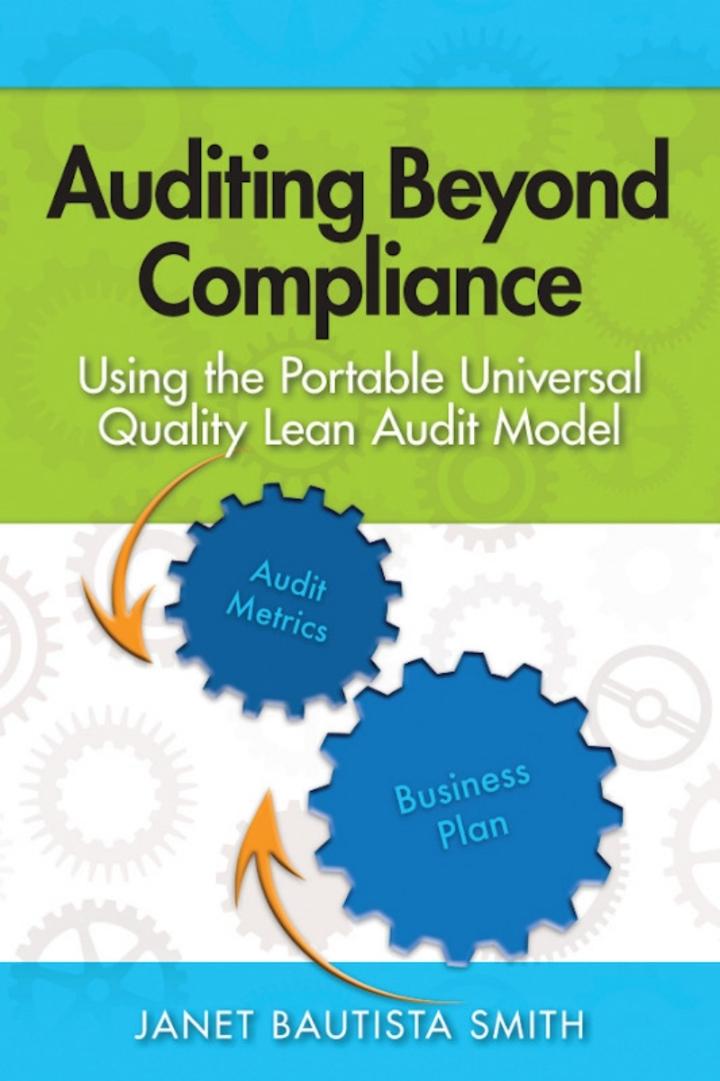Question
Cardinal Company is considering a five-year project that would require a $2,915,000 investment in equipment with a useful life of five years and no salvage
Cardinal Company is considering a five-year project that would require a $2,915,000 investment in equipment with a useful life of five years and no salvage value. The companys discount rate is 16%. The project would provide net operating income in each of five years as follows:
| Sales | $ | 2,863,000 | ||
| Variable expenses | 1,014,000 | |||
| Contribution margin | 1,849,000 | |||
| Fixed expenses: | ||||
| Advertising, salaries, and other fixed out-of-pocket costs | $ | 781,000 | ||
| Depreciation | 583,000 | |||
| Total fixed expenses | 1,364,000 | |||
| Net operating income | $ | 485,000 | ||
Click here to view Exhibit 13B-1 and Exhibit 13B-2, to determine the appropriate discount factor(s) using table.
5. What is the project profitability index for this project? (Round your answer to 2 decimal places.)
6. What is the projects internal rate of return? (Round your answer to nearest whole percent.)
8. What is the projects simple rate of return for each of the five years? (Round your answer to 2 decimal places.)
10. If the equipment had a salvage value of $300,000 at the end of five years, would you expect the projects payback period to be higher, lower, or the same?
11. If the equipment had a salvage value of $300,000 at the end of five years, would you expect the project's net present value to be higher, lower, or the same?
12. If the equipment had a salvage value of $300,000 at the end of five years, would you expect the projects simple rate of return to be higher, lower, or the same?
13. Assume a postaudit showed that all estimates (including total sales) were exactly correct except for the variable expense ratio, which actually turned out to be 45%. What was the projects actual net present value? (Negative amount should be indicated by a minus sign. Round discount factor(s) to 3 decimal places, intermediate calculations and final answer to the nearest whole dollar amount.)
14. Assume a postaudit showed that all estimates (including total sales) were exactly correct except for the variable expense ratio, which actually turned out to be 45%. What was the projects actual payback period? (Round your answer to 2 decimal places.)
15. Assume a postaudit showed that all estimates (including total sales) were exactly correct except for the variable expense ratio, which actually turned out to be 45%. What was the projects actual simple rate of return? (Round your answer to 2 decimal places.)
Step by Step Solution
There are 3 Steps involved in it
Step: 1

Get Instant Access to Expert-Tailored Solutions
See step-by-step solutions with expert insights and AI powered tools for academic success
Step: 2

Step: 3

Ace Your Homework with AI
Get the answers you need in no time with our AI-driven, step-by-step assistance
Get Started


